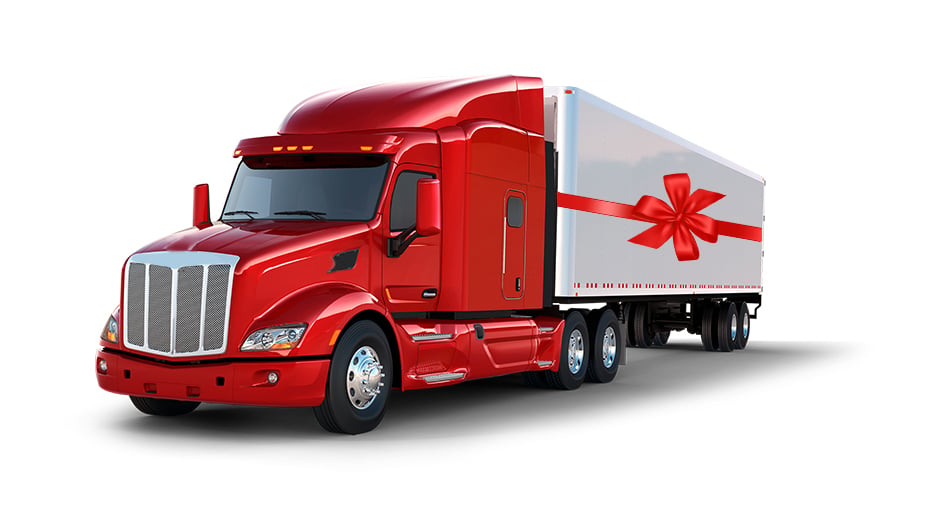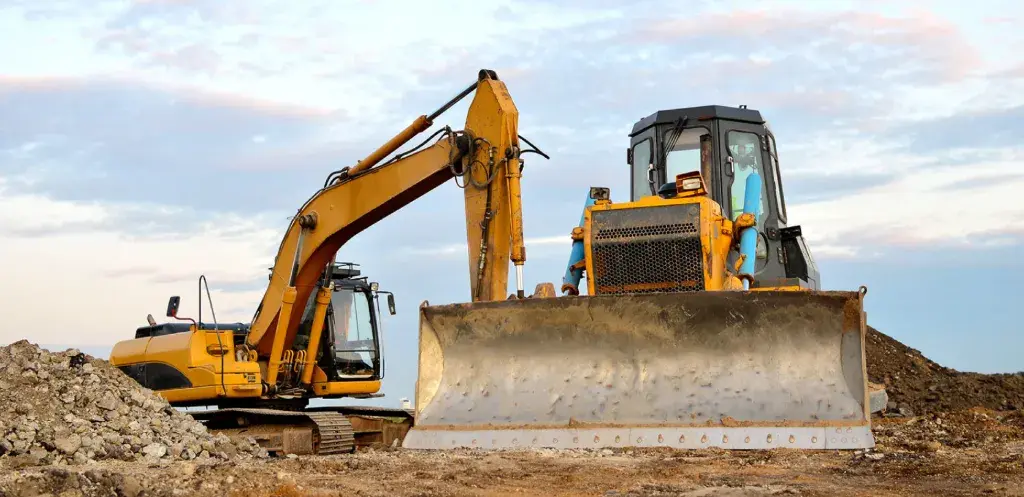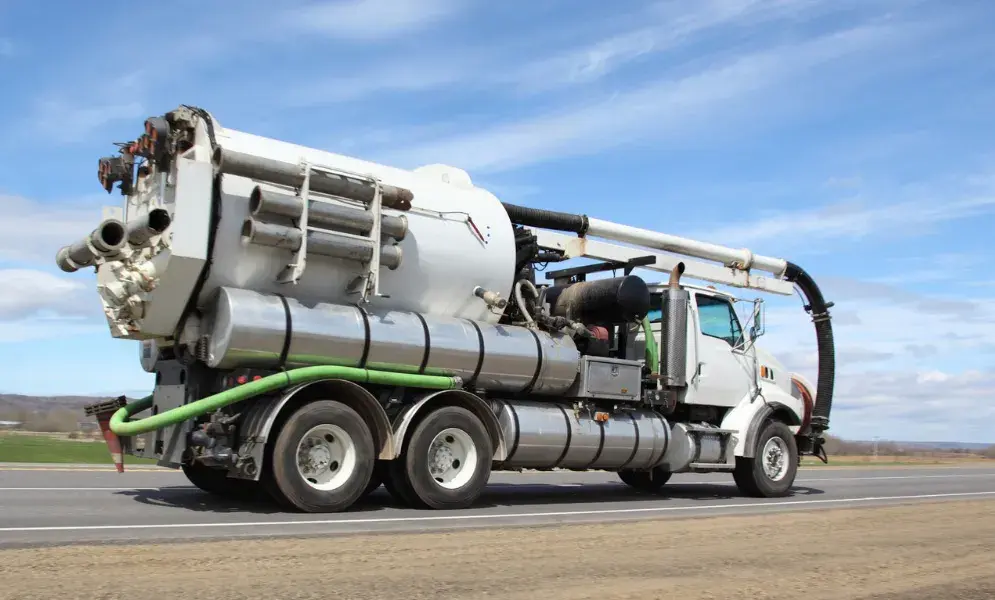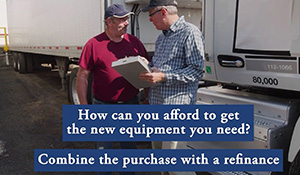What To Expect During the Equipment Financing Process

You've decided that you need to purchase a new piece of revenue-producing equipment. Depending on the industry in which you work, this could be a truck, an excavator, a vacuum truck, or a machining center. Basically, any type of revenue producing equipment that will help you earn more money.
If you choose not to, or cannot pay cash, you will need to finance the purchase. Sounds fairly straightforward, but how do you proceed and what should you expect as you move through the equipment financing process?
Explore Your Options
First, select a lending partner. There are a variety of lenders that offer equipment loans. You can go to your local bank or credit union. You can use the equipment manufacturer's in-house lender (called a captive lender). You can use an independent lender that specializes in equipment loans. Or you can try an online lender. Depending on your individual circumstances all can be viable options, but they do have some distinct differences that may help you determine which lender is right for you.
Choosing a lending partner that is familiar with your industry and the equipment you are trying to purchase can help expedite the loan process and allow you to obtain a loan on terms that best fit your business.
The Process - What You Need to Do to Begin the Loan Process
- Finalize the selection of the equipment you want to purchase.
- Negotiate the price, including any accessories, and take into consideration transportation and set up costs (if applicable) as well as any tax, tag and/or titling costs.
- Complete the credit application
- Submit any additional paperwork requested by your lender - this can consist of the equipment invoice, tax returns, corporate financial statements, and a narrative description of your business etc. Remember, the sooner you provide the required information the quicker your lender should be able to provide you with feedback.
The Process - What the Lender Does
Once you've submitted the credit application and additional information, your prospective lender will run a credit check on the owners of the company and the company itself. Depending on the equipment you are purchasing and the cost of the equipment, some lenders may only require a completed application and a high enough credit score to render a credit decision. If they use this process, they almost always have an upper limit on the borrowing amount. If the amount is over their upper limit, they may deny your loan or at best will ask for a full credit package. This is where the paperwork becomes a bit more complex and time becomes a factor.
When the lender has all the required information, they send it to underwriting. The underwriter reviews the information to render a credit decision (typically either approve or deny). If they approve you for credit, they will provide you with the loan terms - interest rate, down payment, length of the loan, and payment amount. Once you receive the terms from the lender, it's up to you to either accept or decline those terms. Here is where your choice of a financing partner becomes important.
CCG’s Underwriting Process
The first thing we do is listen. Our dedicated sales and credit team determine what your specific needs are and take your goals into consideration as we move through the approval process.
At CCG, we underwrite all our transactions quickly and efficiently relying on our industry and equipment expertise. We see things others do not and will structure a loan with terms that best fit your needs. Our underwriters take three things into consideration - character, collateral, and cash flow.
Character refers to the personal character of the borrower, including their industry experience, payment history, and references.
Collateral refers to the equipment being financed. The collateral evaluation includes equipment information (make, model, year), the purchase price, equipment value, amount of down payment, equipment equity, and how the equipment will be used.
Cash flow is the financial information, including company profitability, non-cash expense (depreciation), debt service coverage, and any contracts for work.
You’ve Agreed to Terms – Now What?
Once you accept the loan terms, the lender will produce all the documentation and then send the documentation for signature. Most lenders now allow electronic signatures on documents. The lender will require you to have insurance on the equipment and you will have to provide proof of insurance before the lender will release the funds.
Once all parties have signed the loan documents, the lender will release the funds to the equipment seller and the seller releases the equipment to you. Then you go to work.
Before you complete the transaction, understand the payment process. Some lenders will allow multiple billing and payment options. These can include mailed invoices or emailed invoices. Payment options can include the mailing of physical checks, electronic payments drafted from a bank account via ACH (automated clearing house) payments. Electronic bills and payments are the most time and cost efficient. Regardless of which option you select, make sure you understand the monthly payment due dates.
The Right Lender Will Guide You Through the Process
In today's era of all digital and electronic transactions, you may be able to conduct all the steps of the loan process online, never putting a face or a name to the lender. Most equipment carries hefty price tags and building a relationship with your lender can pay future dividends especially if you ever need assistance such as an additional credit, payment relief, or simply want to pick their brain for some industry expertise. Make sure your lender has answered all your questions and discussed all of the available options with you before you commit.
Have additional questions about the equipment loan process? Ask any of our friendly, knowledgeable CCG sales managers. They are happy to share their expertise with you.
Subscribe to Our Blog
Want to know when our blog has been updated with new posts?
Complete our short form and we’ll make sure you are informed.

Fill out our short form to subscribe



















